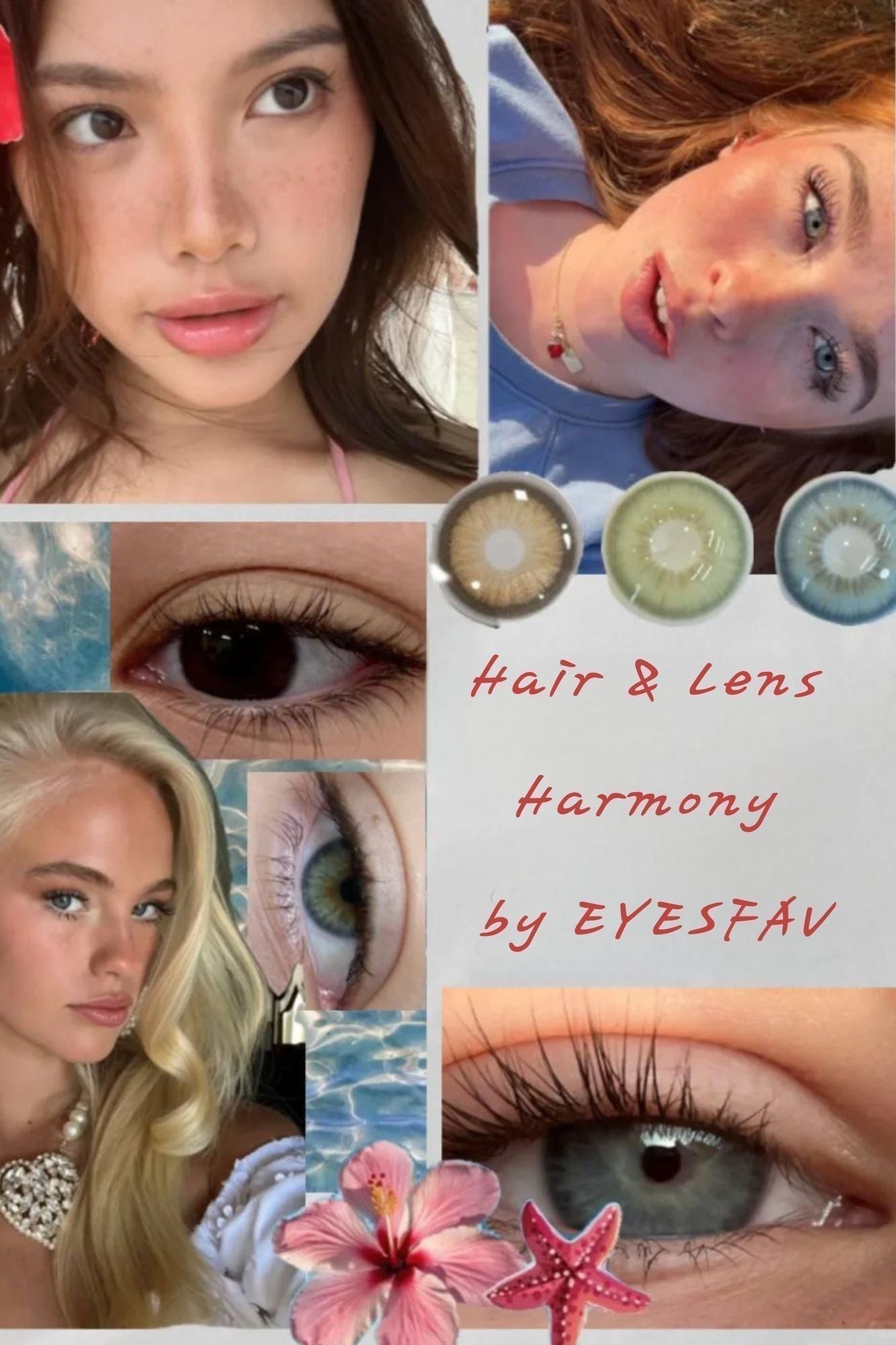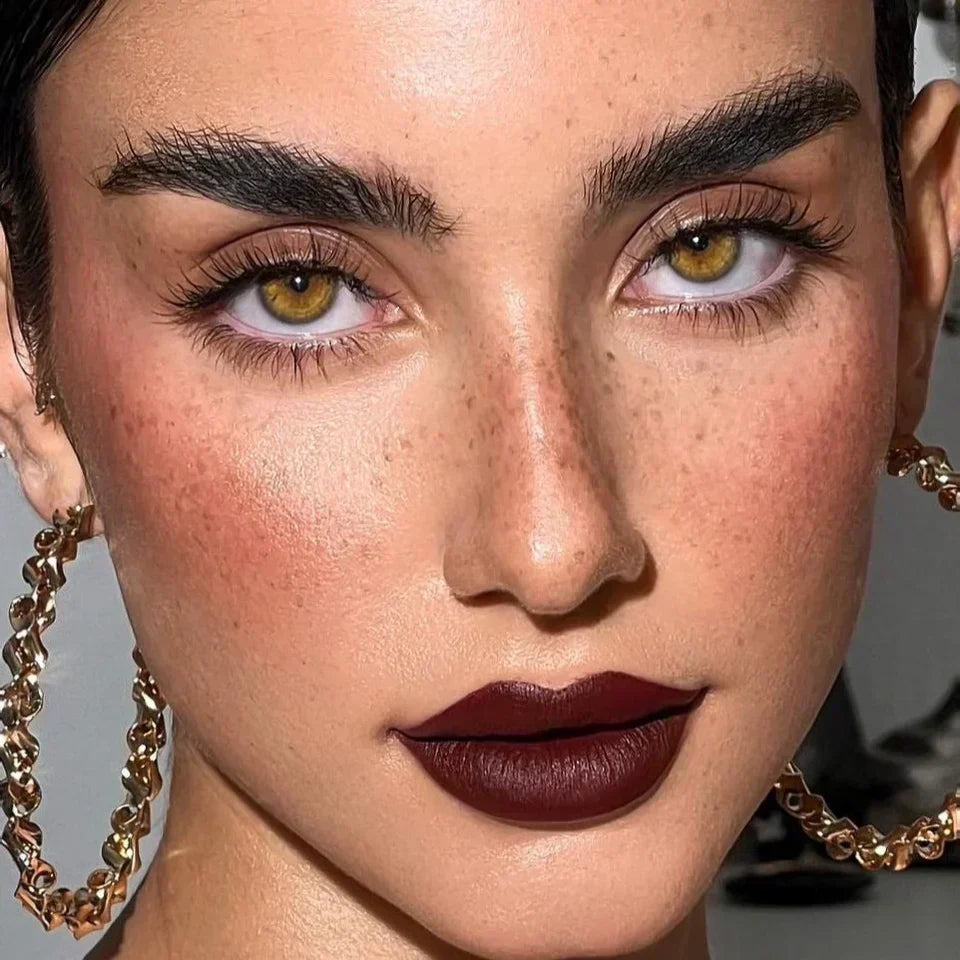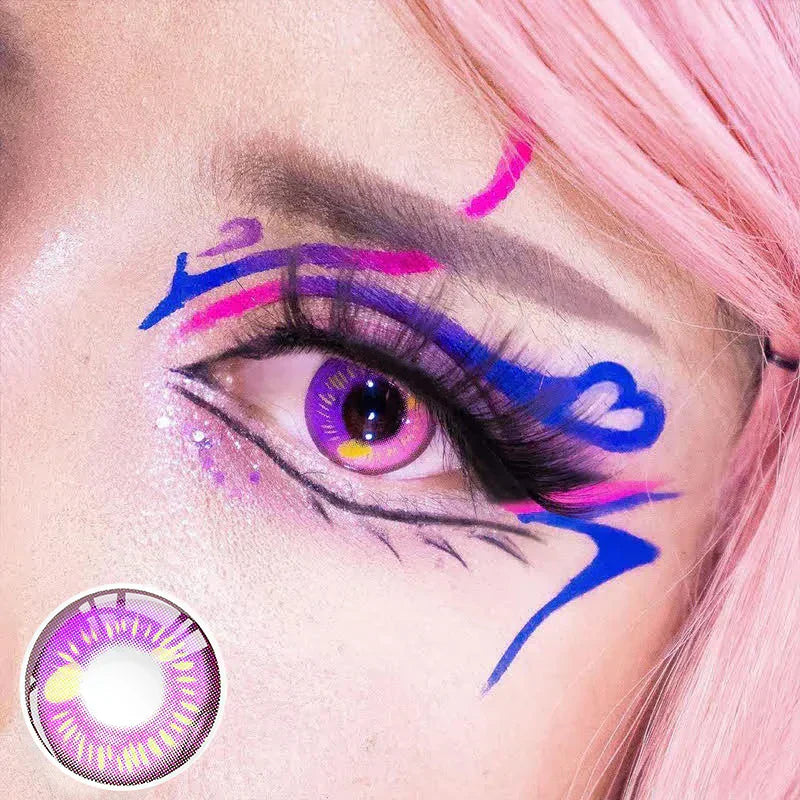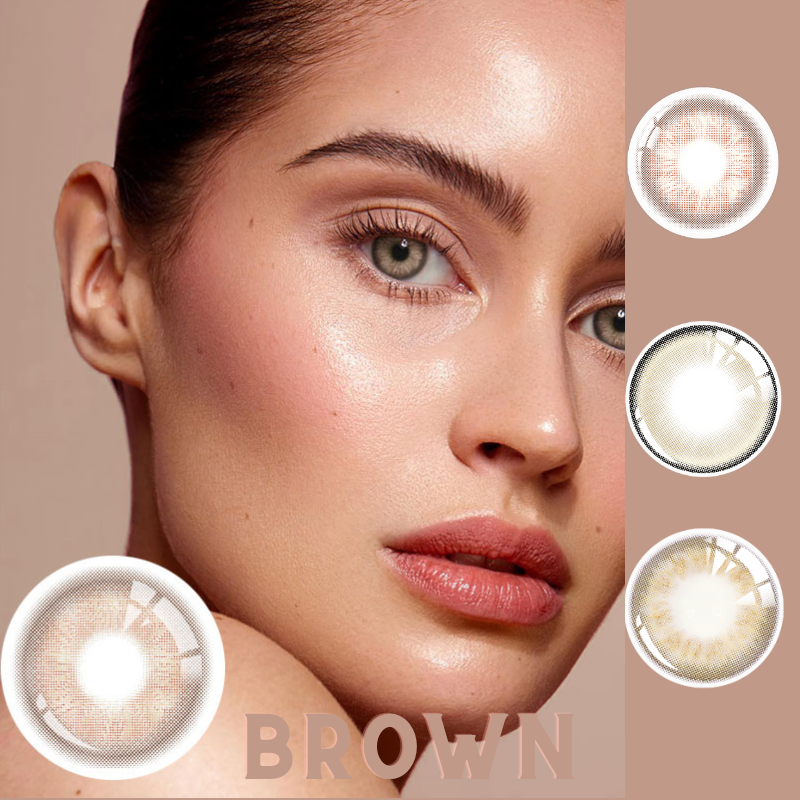Table of Contents:
In today's increasingly digital world, we are spending more time than ever in front of screens—whether it's for work, entertainment, or communication. This rise in screen usage brings a new concern to the forefront: blue light exposure. While blue light is a natural part of the visible light spectrum, the artificial sources we encounter on a daily basis can have both positive and negative effects on our eyes, sleep patterns, and overall health. Understanding these impacts and knowing how to protect yourself is key to maintaining both eye health and well-being.
What is Blue Light?
Blue light is a type of high-energy visible (HEV) light with wavelengths ranging from 380 to 500 nanometers (nm). Among all the colors in the visible spectrum, blue light has the shortest wavelength and, as a result, the highest energy. We are exposed to blue light from both natural and artificial sources. The most significant natural source is sunlight, which plays a crucial role in regulating many biological functions. However, in the modern world, artificial sources such as LED lights, CFL bulbs, smartphones, computers, and televisions now expose us to blue light for many hours each day.

While it’s true that the sun emits far more blue light than any electronic device, the problem arises from the duration and proximity of exposure to screens. Spending hours in front of a computer, smartphone, or tablet puts our eyes in constant contact with artificial blue light, potentially leading to a range of issues.
The Effects of Blue Light on Eye Health
1. Digital Eye Strain
One of the most immediate effects of prolonged blue light exposure is digital eye strain, often referred to as "computer vision syndrome." Symptoms include dry eyes, headaches, blurred vision, and discomfort in the neck and shoulders. These symptoms occur because blue light scatters more easily than other visible light, making it harder for the eye to focus. As a result, our eyes have to work harder to process blue light, leading to strain.
The increased screen time in both professional and personal settings has intensified this issue. Many people now use multiple devices simultaneously or for extended periods of time, which can exacerbate digital eye strain. Given that most people blink less frequently while using digital devices, the problem of dry and tired eyes becomes even more pronounced.
2. Retinal and Long-term Vision Impact
Long-term exposure to blue light can also have more serious effects on eye health. Blue light penetrates deeply into the eye, passing through the cornea and lens before reaching the retina. Over time, this exposure can damage the light-sensitive cells in the retina, potentially leading to vision problems such as age-related macular degeneration (AMD). AMD is one of the leading causes of vision loss in older adults, and studies suggest that cumulative exposure to blue light may increase the risk of developing this condition.
Additionally, blue light exposure has been linked to the development of cataracts, growths on the surface of the eye, and even a higher risk of certain types of eye cancer. While further research is needed to fully understand these risks, it is clear that minimizing unnecessary blue light exposure is an important step in protecting long-term eye health.
3. Increased Risk Factors
Certain individuals are more vulnerable to the harmful effects of blue light. Children, for instance, are at greater risk because their eyes are not fully developed and are less effective at filtering blue light. Post-cataract patients, individuals with lightly pigmented irises, smokers, and those with a family history of AMD are also more susceptible to the harmful effects of blue light exposure. Additionally, people who spend long hours in front of screens or work outdoors without proper eye protection are at heightened risk.
How Blue Light Affects Sleep and Overall Health
Beyond eye health, blue light can have a significant impact on our sleep patterns and overall well-being. Exposure to blue light, especially in the evening, can disrupt the body’s circadian rhythm—our natural sleep-wake cycle. Blue light suppresses the production of melatonin, the hormone responsible for making us feel sleepy. When we spend time on our devices before bed, the blue light emitted from screens delays the release of melatonin, making it harder to fall asleep and reducing the overall quality of sleep.
Chronic disruption of circadian rhythms can lead to more than just poor sleep. It has been linked to a range of health problems, including type 2 diabetes, heart disease, obesity, and cognitive issues. In short, limiting blue light exposure, particularly in the hours leading up to bedtime, is essential for maintaining good health.
Solutions for Reducing Blue Light Exposure
Thankfully, there are several ways to reduce the negative impact of blue light on both your eyes and overall health. By adopting a few simple strategies, you can protect yourself from the harmful effects of blue light while still enjoying the benefits of digital technology.
1. Eye Protection Strategies
When spending time outdoors, protecting your eyes from the sun’s natural blue light is important. Wearing sunglasses with UV protection and a wide-brimmed hat can significantly reduce blue light exposure. For those who are indoors, photochromic lenses (which darken in response to light) and specialty coatings on glasses can help filter out harmful blue light from both digital devices and indoor lighting.
2. Blue Light Filters and Glasses
Blue light filters are available for smartphones, tablets, and computer screens, helping to minimize the amount of blue light that reaches your eyes. Many devices now come with built-in blue light filtering features, such as "Night Shift" or "Blue Light Filter" modes, which adjust the screen’s color temperature to reduce blue light exposure in the evening.
Blue light blocking glasses are another effective tool, especially for people who spend long hours in front of screens. These glasses often have a yellow tint to counteract blue light and can help reduce eye strain while improving sleep quality.
3. Screen and Lighting Adjustments
In addition to using blue light filters, adjusting the brightness and contrast of your screens can help reduce eye strain. Keeping your screen at a comfortable distance from your eyes and maintaining good posture can also minimize discomfort. Following the 20-20-20 rule—taking a 20-second break to look at something 20 feet away every 20 minutes—can give your eyes the rest they need during long screen sessions.








